
Any one who knows me will know that my second love after all things comic book is my passion for military history.
On my recent summer holiday to the sunny shores of Newquay in Cornwall my girlfriend found a leaflet in a pub advertising The Classic Air Force at somewhere called the Areohub.
Off we went myself ,girlfriend and my little boy to have a look. After a sudden stop to avoid driving on to the runway at RAF St. Morgan and then stopping again to get directions at the gate house by a guard who obviously had been ask where it was on many occasions we arrived at a massive hanger.
The Classic Air Force has only been based at the Airohub in Newquay since march of this year and it is a good start to a nice little museum. Sadly there are non of the instantly recognisable world war 2 fighters that I love eg) Spitfires and Hurricane's etc. It was a nice change to see and find out about some late second world war and early jet engine planes.
The collection based here is home to many war time and post war planes and most of them are airworthy and fly on a regular basis.
The Jewel in the crown of the collection on display the day we Visited would have to be the 2 Gloster Meteors they Have there.
The one in the picture above is a Gloster Meteor T.7 WA591/G-BWMF.
This Meteor took 20 years to restore to an airworthy condition and it then became the worlds oldest flyable British Jet Aircraft.
This Aircraft had a chequered history involving many air accidents. It was retired in 1965 and found its way to being a on display at the gate of RAF Woodvale in Cheshire till it was rescued by the Meteor Flight in 1995 and then painstakingly restored to an airworthy aircraft by 2008.
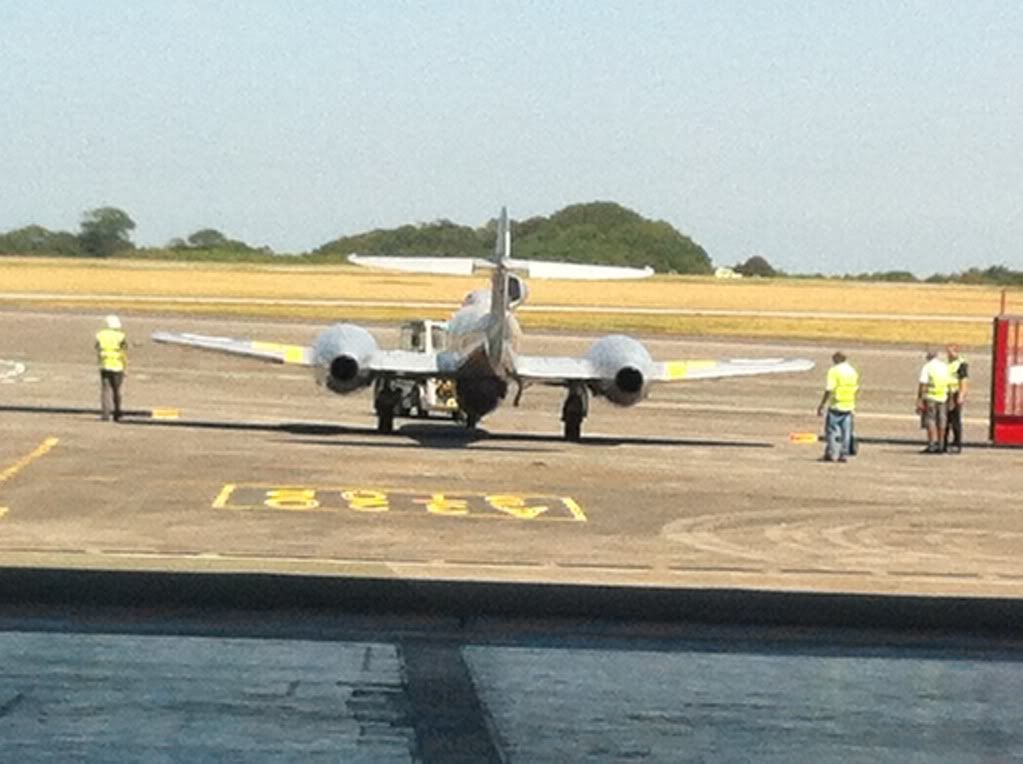 |
| Gloster Meteor T7 being taken out on to the runway. |
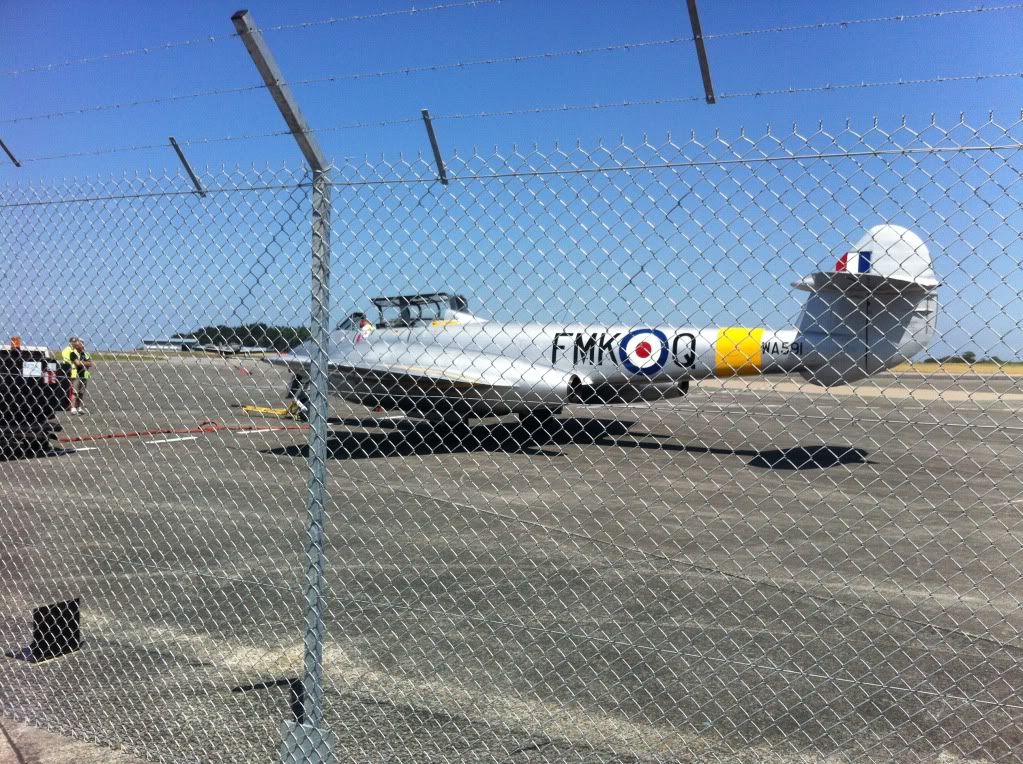 |
| Not the best of pictures but this is the Meteor T7 on runway running up its engines very loud. |
This is a later model then the T7 being build in 1952. This is Meteor is the only surviving night fighter version of the plane that is still airworthy.
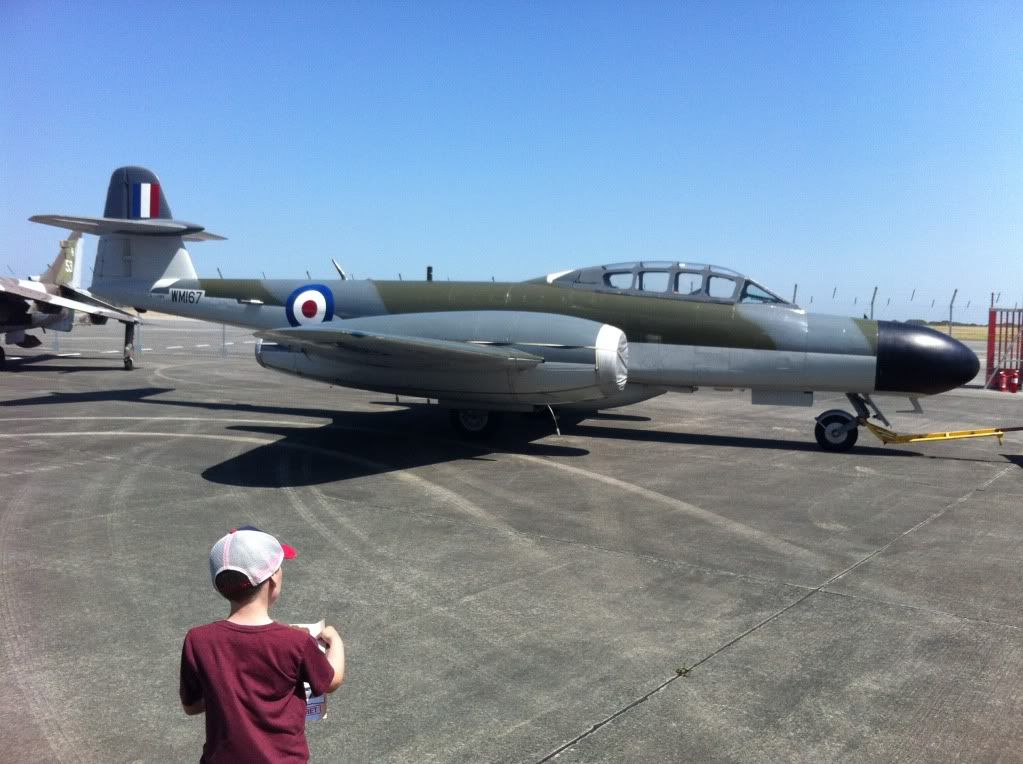 |
| Gloster Meteor NF.11 WM167/G-LOSM sat out on the runway small child in the picture is my son. |
In 1975 the plane was classed a surplus to requirements and was purchased by a private collector.
From then on it was passed for private collector to private collector and was used in many documentaries and has taken part in several important flights non more so then the flight that carried the ashes of Sir Frank Whittle the jet engine designer who designed the very first Gloster Meteor.
To find out more about the Gloster Meteor NF11 WM167/G-LOSM click here for the Classic Air Force web site.
As we were looking around I asked one of the staff you must be pretty happy to have the Meteors here and he said that they were pleased as punch to have 2 of the only 3 Airworthy Meteors in the UK at the Airohub and part of the Classic Air Force.
The two pictures below are of the two Jet Provost's that are part of the collection these were mainly used as training aircraft for the RAF in fact they were the first British jet training aircraft.
 |
| Hunting Percival Jet Provost T.3 G-BWDS /XM424 |
 |
BAC Jet Provost T.5A XW433 /G-JPRO
|
|
Harrier static display
Hawker Hunter Static display
Hawker Hunter static display being repaired.
The two hawker hunters they have in the collection are both static displays one is in much better shape then the other.
The Hawker Hunter was designed by the same man who designed the legendary Hawker Hurricane.
His main brief was to designed a replacement for the now ageing Gloster Meteor the new plane also had to have a max speed of 629 mph.
The prototype flew in 1951 and impressed straight the way with the RAF putting in an order straight the way.
Pictures above are top: Auster Autocrat G-JAYI middle: De Havilland Chipmunk G-APLO bottom: DE Havilland Dove/Dover G-DHDV
Above is the Avro Anson G-VROE. This aircraft was built in 1950 but the original Anson was first on the drawing board in 1934 and production was started 1936 the Anson was the first aircraft in service with the RAF to have retractable undercarriage.
The Anson is another case of being out dated before it was even produced much is the same as many of the RAF planes of the 1930's this meant is was redundant as a coastal patrol aircraft and was instead taken on as a training aircraft which turn out to be a massive success. In 1952 production of the Anson ended with a massive 11,000 being produced second only to the Vickers Wellington.
G-VROE's RAF history is with both bomber and fighter command before private ownership in 1977.
These last two pictures are of my stars of the whole museum. The top photo is of a De Havilland Venom and the bottom is of a De Havilland Vampire.
The De Havilland Vampire G-HELV this is a T55 variant which is an export of the Vampire trainer used by the RAF. This Vampire was part built in the UK and Part under licence in Switzerland where it served most of its operational life.
This Vampire was retried from service in 1990 with 1,955 flying hours under its belt.
The Vampire was commissioned by the RAF during the second world war as a combat jet fighter but it arrived to late for combat. The Vampires first public appearance was at the 8th June 1946 as it led the victory fly past over London. It was also the first RAF Aircraft to both go past the 500mph mark and be the first jet aircraft to land on an aircraft carrier. The Vampire was also the first Jet to fly over the Atlantic Ocean.
The Vampires fuselage pod was made from plywood which is why this is such a rare aircraft today there is only ten left today that are airworthy this being one of them.
The top photo is of a De Havilland Venom of which there were two G-DHVM and G-VENM both were built under licence in Switzerland in 1954 and 1955 and both were used by the Swiss air force as high level reconnaissance aircraft. They were both retired from service in 1984 and auction off in to private collections.
The Venom is a direct descended of the Vampire with both sharing the twin boom design. The Venom was designed in 1948 to replace the Vampire and the First Venom flew on 2nd September 1949 and enter service in 1952.
The Venom saw combat in the Malayan Emergency in the 1950's and Venom's from RAF Akrotiri Cyprus also saw service in the Suez Crisis.
At the end of production there were 1,500 Venom's built and was still in service for the Swiss air force up till 1983 sadly there are no RAF versions of the plane that survived into preservation but there are substantial spares about.
The Venom is now my new favourite plane it just looks beautiful with its old but futuristic looks it reminds me of a creation perhaps form Gerry Anderson. I could see it flying over Marineville or being in Thunderbirds.
The Classic Air Force museum offers site seeing trips in a De Havilland Dragon Rapide and Percival Prentice but sadly they were both out at the time of my visit.
The Museum also has a great little cafe and gift shop and if you take a little one with you they get a top secret mission sheet to fill in on there way round the hanger. The sheet has pictures of parts of the planes on display and the little one has to wright the name of the plane in the box below the picture.
All in all it is a great little museum to spend the day or part of the day at.
|

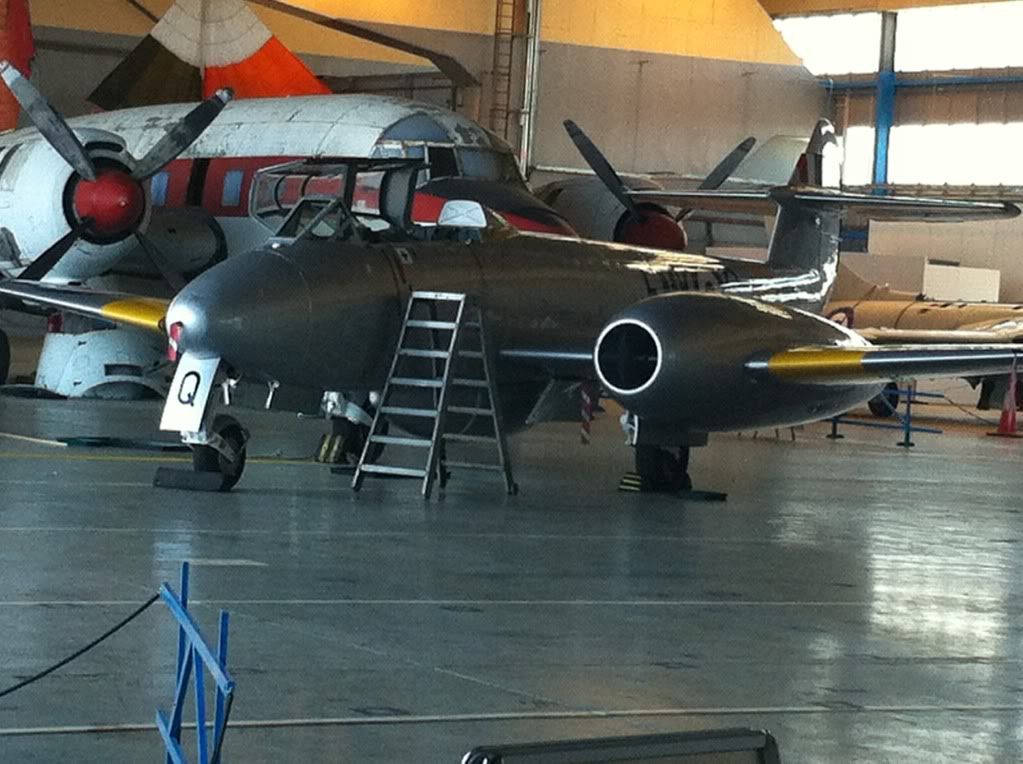


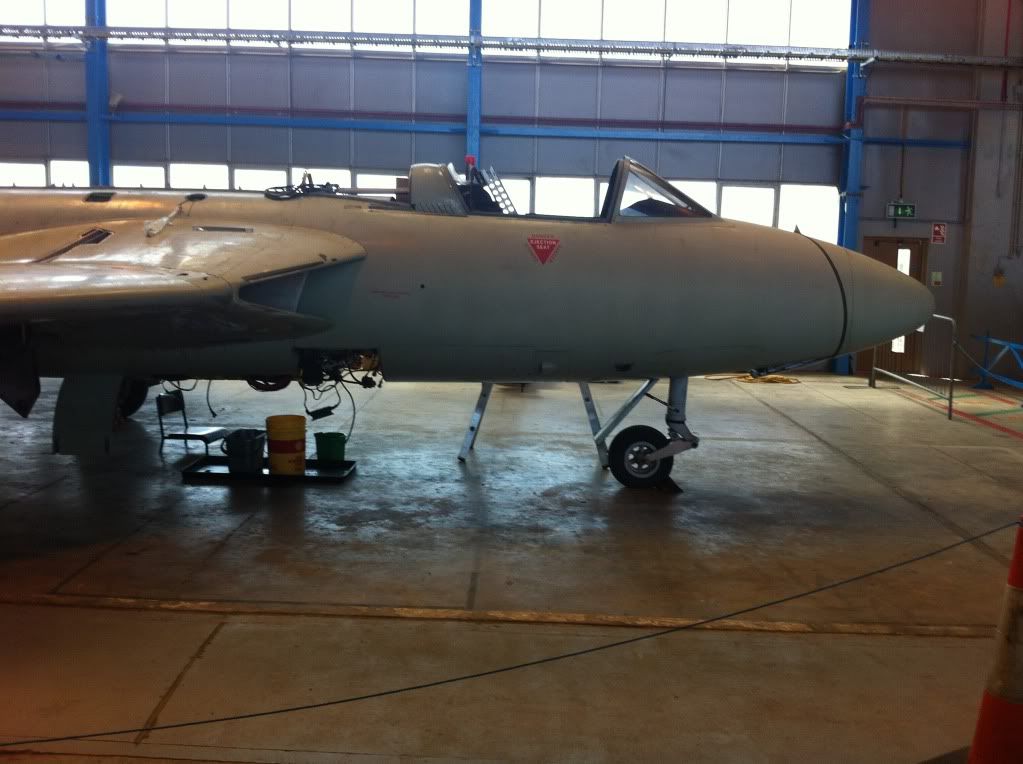
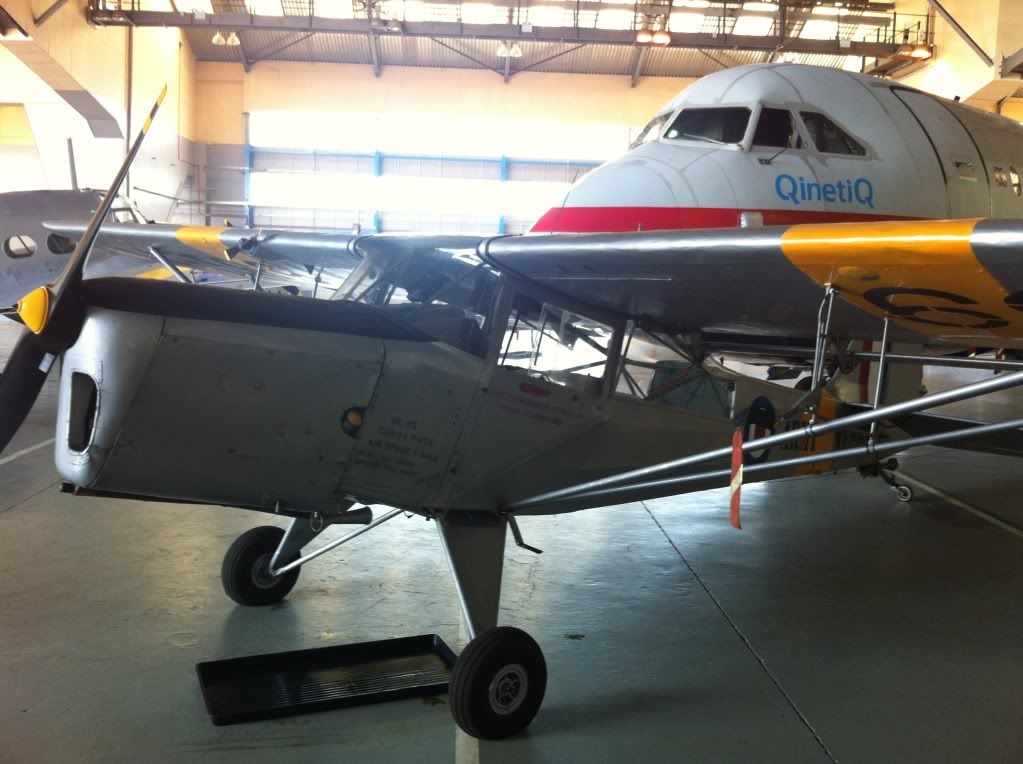
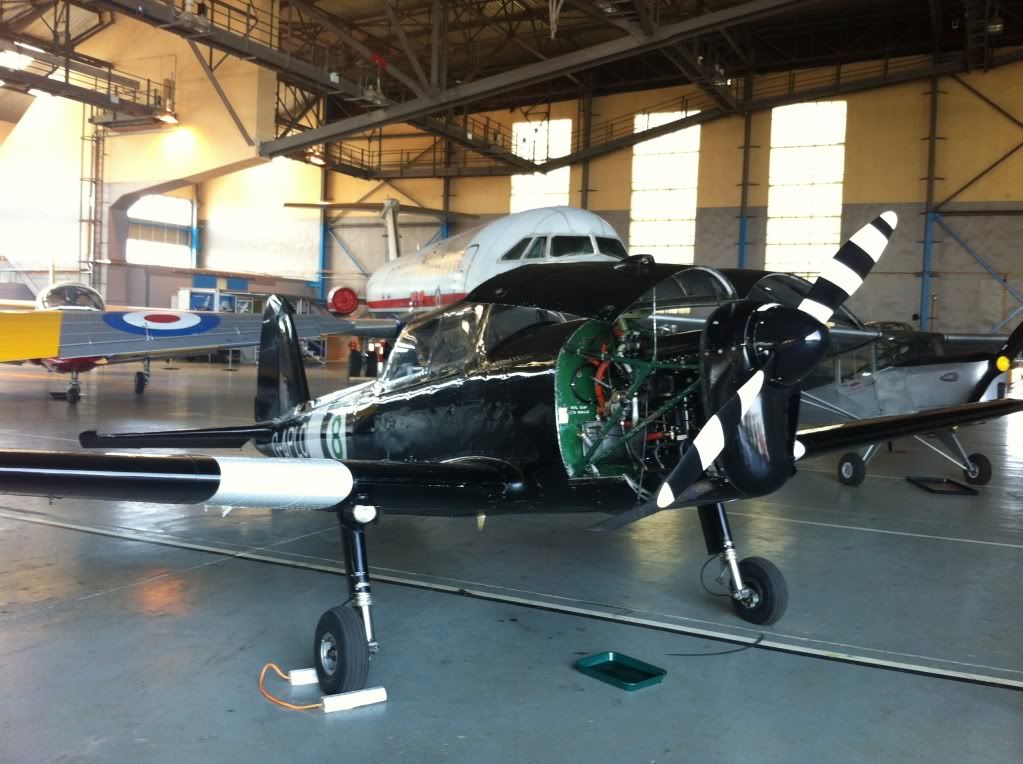



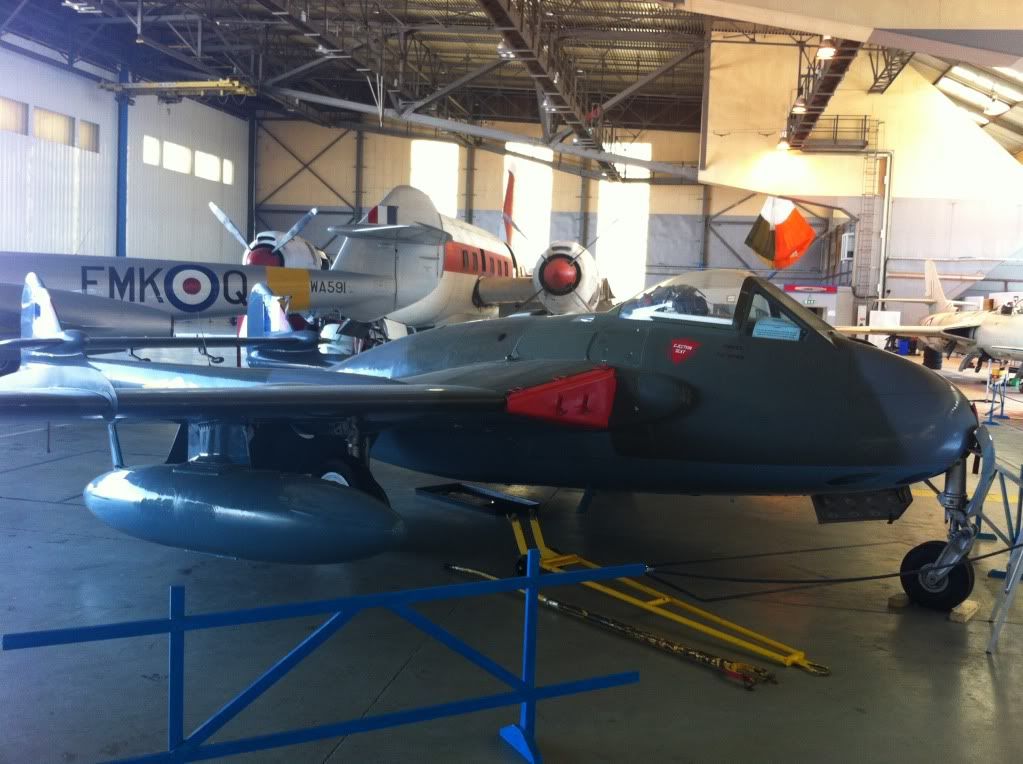

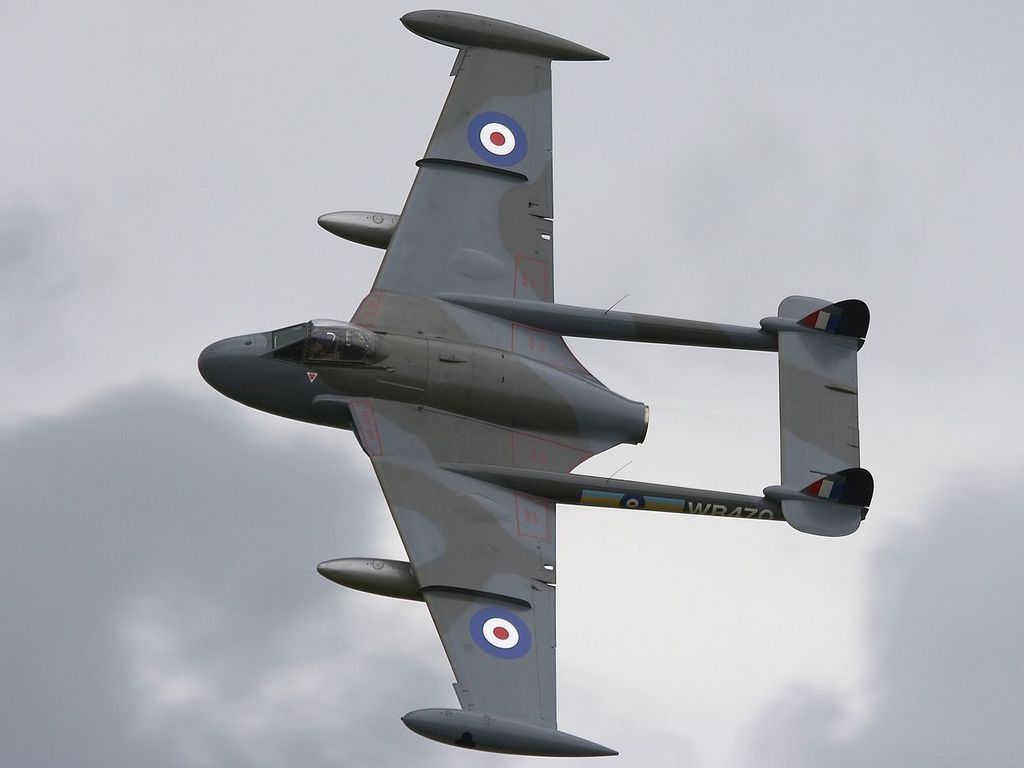
No comments:
Post a Comment